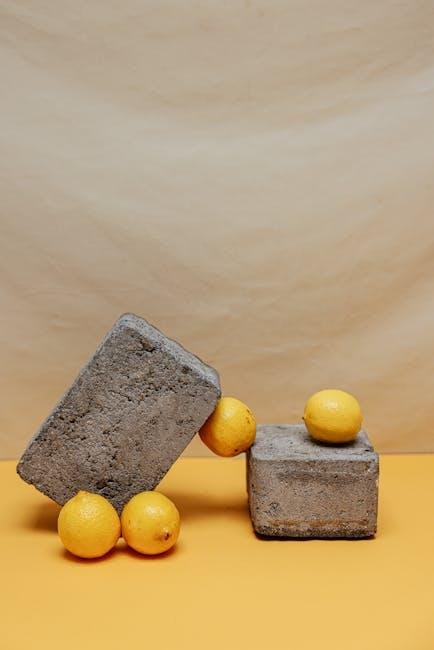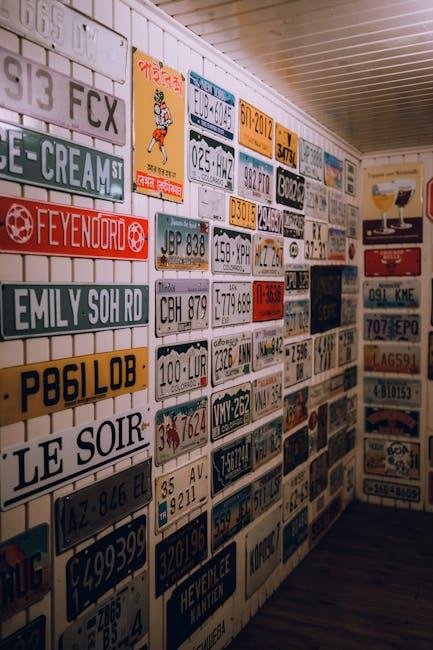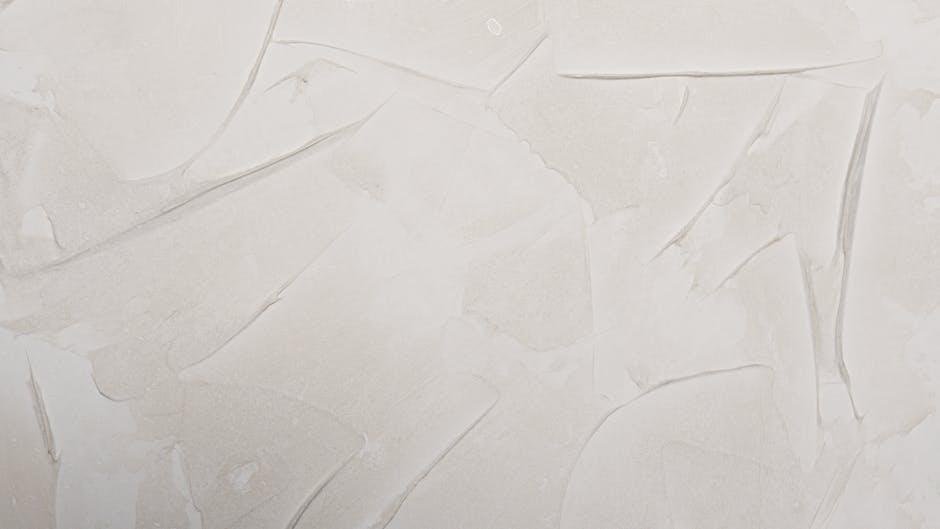In the intricate dance of design, the juxtaposition of hard and soft surfaces creates a symphony that resonates deeply within our surroundings. Imagine the cool, unyielding embrace of polished concrete meeting the warm, inviting texture of plush textiles; this interplay not only defines spaces but also shapes our experiences within them. The art of contrasting hard and soft surfaces transcends mere aesthetics; it offers a tactile narrative, inviting us to explore the emotional landscape of our environments. In this article, we will delve into the thoughtful balance of these elements, examining how they can harmonize to evoke feelings of comfort, strength, and innovation, while also reflecting the multifaceted nature of contemporary living.Join us as we uncover the transformative power of texture and the profound impact it has on our world.
exploring Textural Harmony in Interior Design
In the world of interior design, the interplay between hard and soft surfaces can create a captivating dialog within a space. By thoughtfully juxtaposing materials such as sleek metal or polished stone with plush textiles like velvet or wool, designers can achieve a balance that delights the senses.Key elements to consider include:
- Contrast in Texture: Pairing a rough,unpolished surface with a smooth finish adds depth.
- Color temperature: Warm woods alongside cool metals evoke a harmonious feel.
- Functional Aspects: Soft furnishings provide comfort, while hard surfaces offer durability.
Creating this balance necessitates an understanding of how these materials affect the atmosphere of a room. for instance,a living area with a stone coffee table surrounded by soft leather sofas emphasizes sophistication while inviting relaxation. The careful selection of complementary items ensures that the space feels organic and engaging. Below is a simple breakdown of the materials often used in creating this aesthetic:
| Material Type | Common Uses |
|---|---|
| Hard Surfaces | Tabletops, Flooring, Shelving |
| Soft Surfaces | Cushions, Rugs, Drapery |
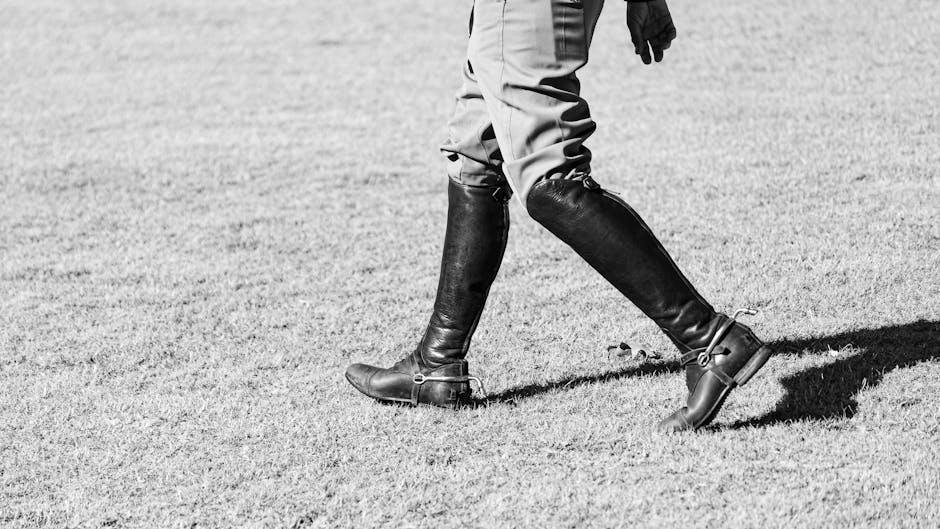
Balancing Durability and Elegance in Outdoor Spaces
Creating outdoor spaces that reflect both strength and beauty involves a delicate balance between hard and soft surfaces. Hardscaping elements like stone pathways, concrete patios, and wooden decks provide stability and durability, serving as the backbone of an outdoor design.These surfaces manage the wear and tear from weather and foot traffic, ensuring longevity. complementing this, softscapes such as lush grass, vibrant flower beds, and cascading plants introduce a touch of nature and softness, inviting tranquility. The harmonious juxtaposition of these materials forms an inviting landscape that is both pragmatic and aesthetically pleasing.
Incorporating contrasting textures can further enhance the visual appeal of outdoor areas. Consider the following elements when planning your space:
- Texture variation: Combine smooth stones with rough bark for an engaging feel.
- Color harmony: Use earthy tones in hard surfaces to ground the vibrant colors found in softscapes.
- Functional transitions: Utilize elegant edging or planters to seamlessly integrate hard and soft surfaces.
By thoughtfully selecting and arranging these materials, one can create a dynamic environment that speaks to both resilience and beauty, inviting visitors to explore and enjoy every facet of the space.
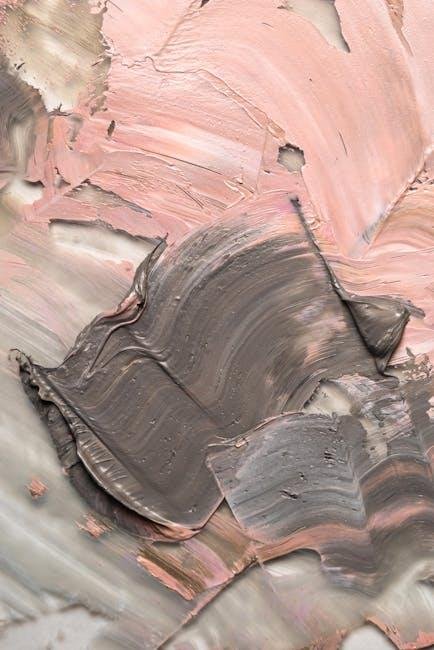
Techniques for Layering Hard and Soft Textures
Layering hard and soft textures in design creates a captivating visual dialogue that draws the eye and enriches a space. To master this contrast,consider incorporating natural elements such as stone or metal alongside plush materials like velvet or faux fur.Experimenting with different finishes—like a glossy porcelain tile paired with a matte wool rug—can add depth and interest. here are some effective techniques to ensure your contrasts resonate harmoniously:
- Color Coordination: Choose a cohesive color palette to bridge hard and soft textures, allowing these elements to complement rather than clash.
- Layering Techniques: start with a solid base of hard surfaces like wood or marble, then add soft throws, cushions, or fabrics to create warmth and comfort.
- Focus points: create visual anchors in your design, such as a sturdy wooden dining table surrounded by upholstered chairs, to emphasize the layers.
For an organized approach, consider using a simple table to categorize materials alongside their ideal pairings, which can help clarify your design intent:
| Hard Surface | Soft Surface |
|---|---|
| Concrete | Leather |
| Marble | Faux Fur |
| Wood | Knitted Textiles |
when layering, be mindful of scale and proportion; a large, bulky piece can overwhelm delicate accents. By thoughtfully blending these opposing textures, you create a multidimensional space that tells a story and invites exploration.
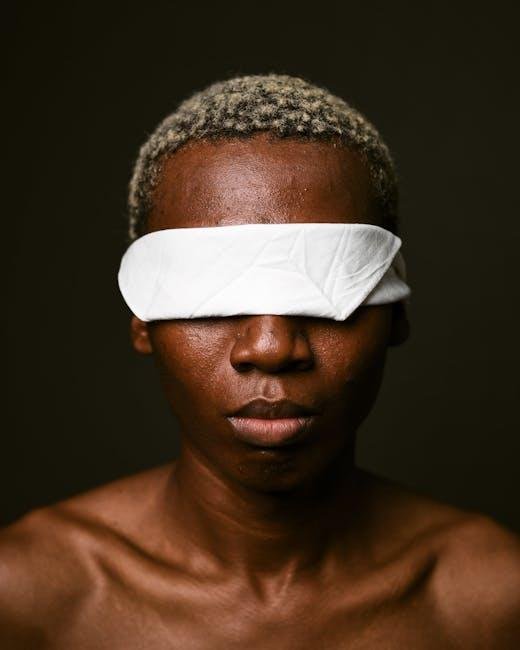
Choosing the Right Materials for Impactful Contrast
When blending hard and soft surfaces, the choice of materials can make or break the aesthetic you’re aiming for. Hard surfaces such as concrete, metal, or glass can provide a sleek, modern backbone to a space, while soft materials like wood, fabric, or natural stone offer warmth and texture that invite touch. Consider the interplay of textures to create a dialogue between the elements. for exmaple, a polished concrete floor paired with plush area rugs or a velvet couch can create a dynamic and inviting atmosphere. Additionally, the colors you select—richer tones for soft surfaces against the cool neutrality of hard surfaces—will further enhance the contrast and add depth to your design.
| Hard Surfaces | Soft Surfaces |
|---|---|
| concrete | Wool Rugs |
| Metal | Leather Furniture |
| Stone | Silk Curtains |
| glass | Cotton Cushions |
Moreover, consider not only the tactile differences but also how each material reacts to light and space. Hard surfaces often reflect light, adding a sense of openness and grandeur, while soft surfaces absorb it, creating cozier corners. This contrast can be emphasized by strategically placing lighting fixtures to highlight hard textures against the softness of draped fabrics or plush furnishings. Incorporating elements such as plants or natural decor can further soften stark hard surfaces, allowing for a more balanced and harmonious environment. When done thoughtfully, the result is a compelling visual narrative that captivates and comforts.
The Conclusion
As we draw the curtain on our exploration of the intricate dance between hard and soft surfaces, it’s clear that this art form extends far beyond mere aesthetics. The interplay of these textures not only shapes our environments but also influences our emotions, perceptions, and experiences.From the bold, raw strength of a polished stone countertop to the gentle embrace of a plush velvet cushion, each element contributes to the narrative of a space—telling stories that resonate with comfort and sophistication.By thoughtfully contrasting hard and soft surfaces, we can create a harmonious dialogue within our interiors, fostering an atmosphere that invites both contemplation and connection.
Ultimately, the art of contrasting surfaces invites us to embrace duality, to find beauty in balance, and to reimagine our surroundings with renewed creativity. Whether you are redesigning a room or simply re-evaluating your approach to decor, remember that the marriage of these textures holds the power to transform spaces into experiences. here’s to crafting a world where contrasts inspire unity and harmony thrives amidst diversity.


